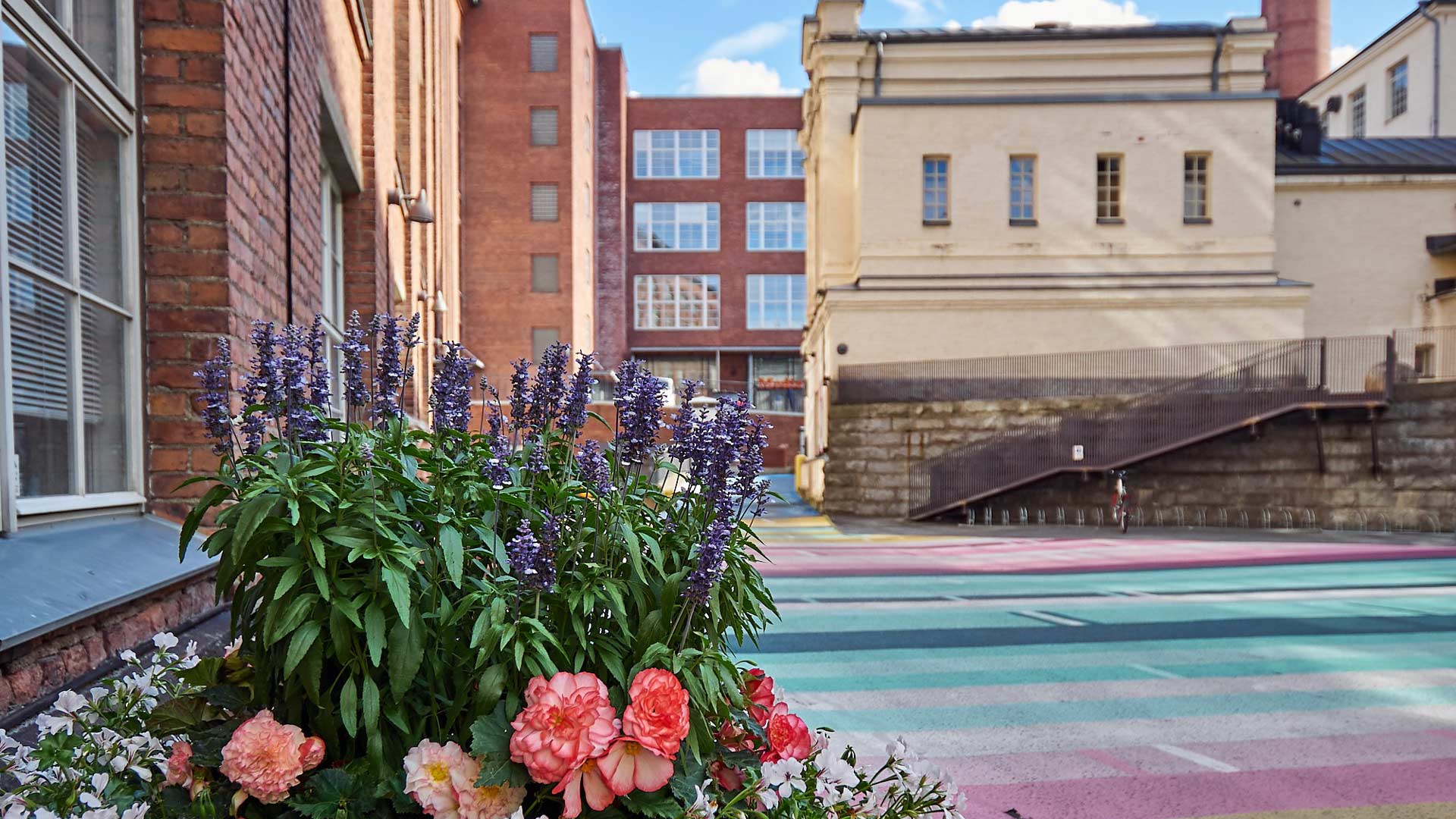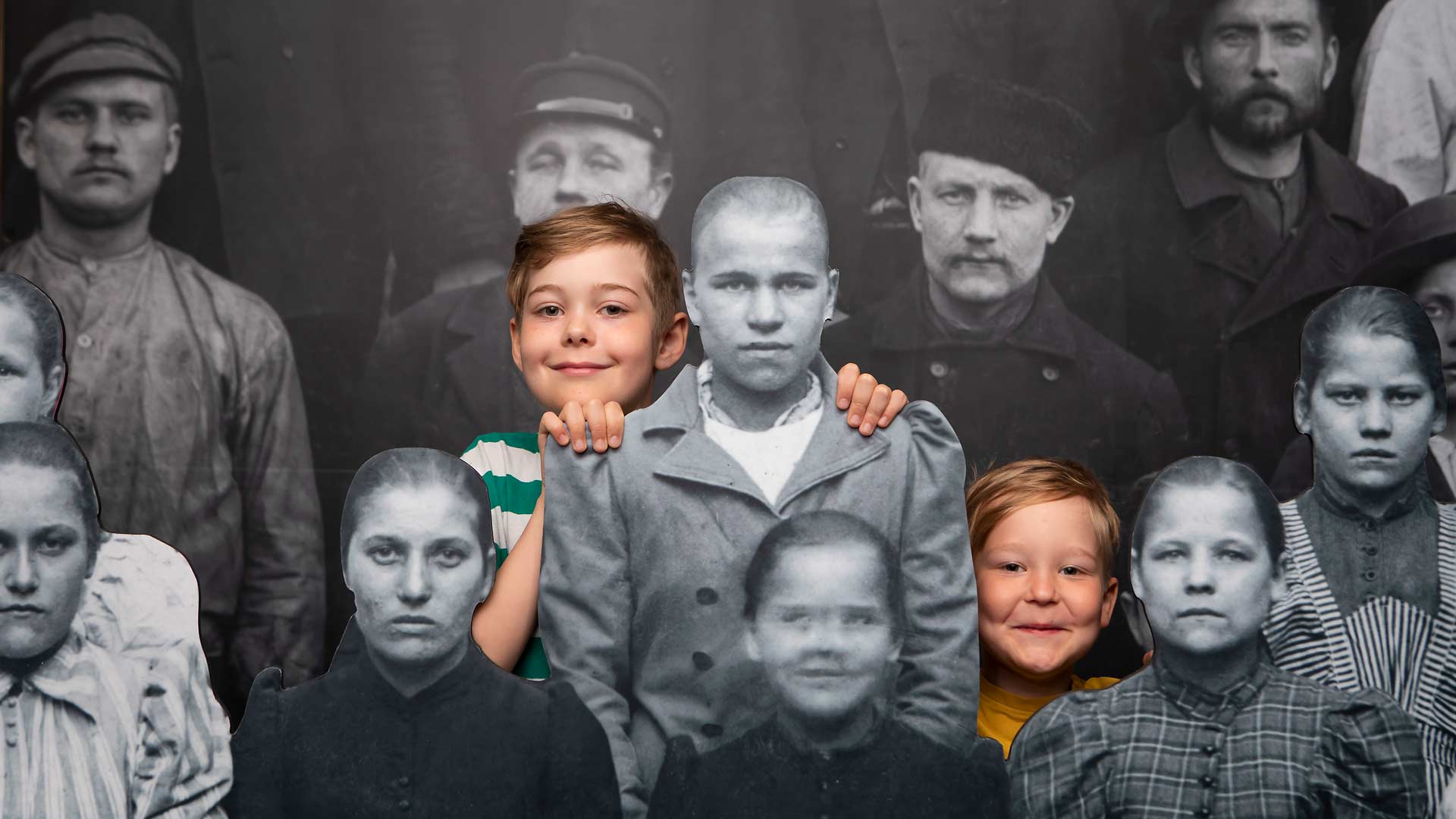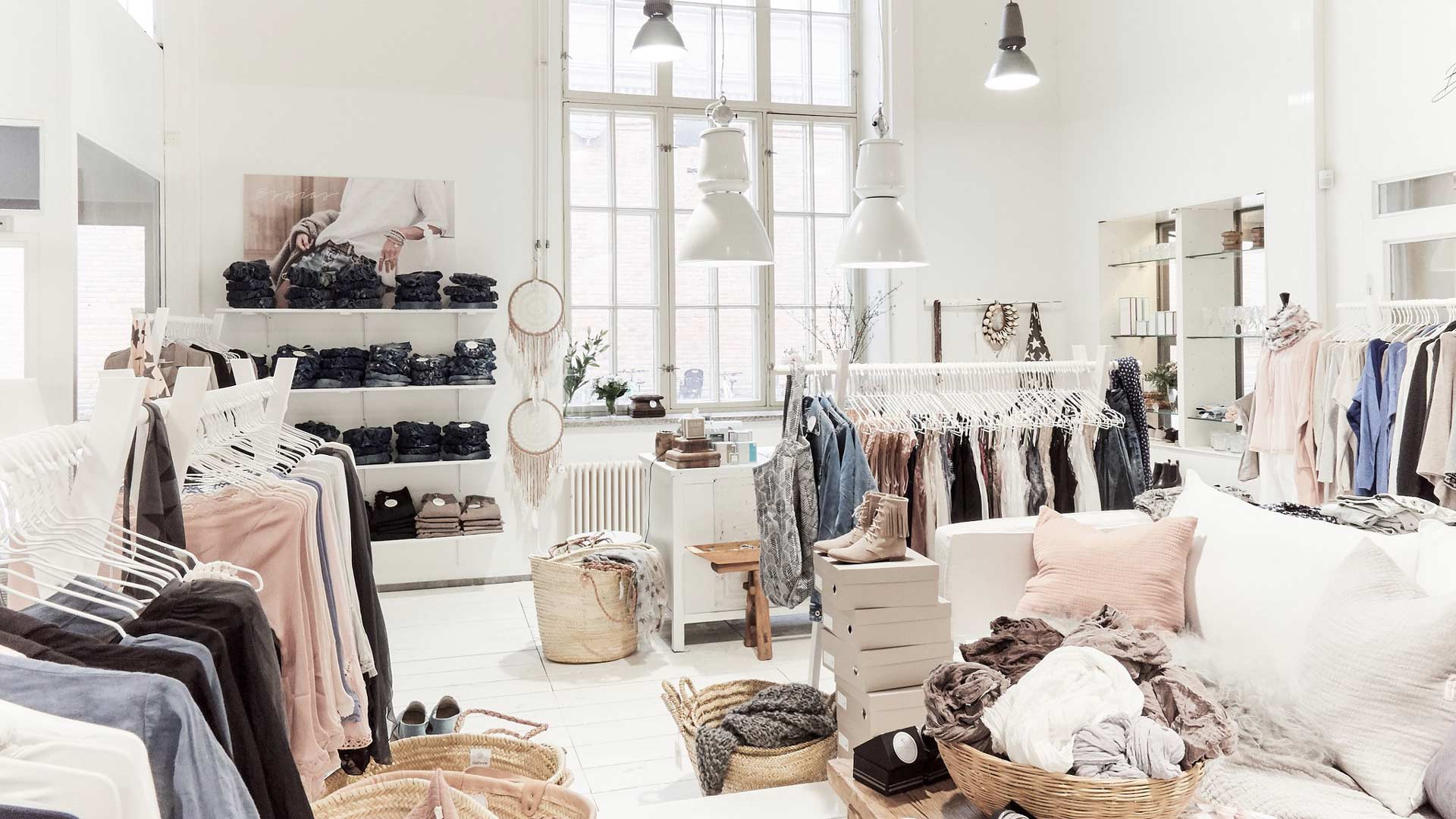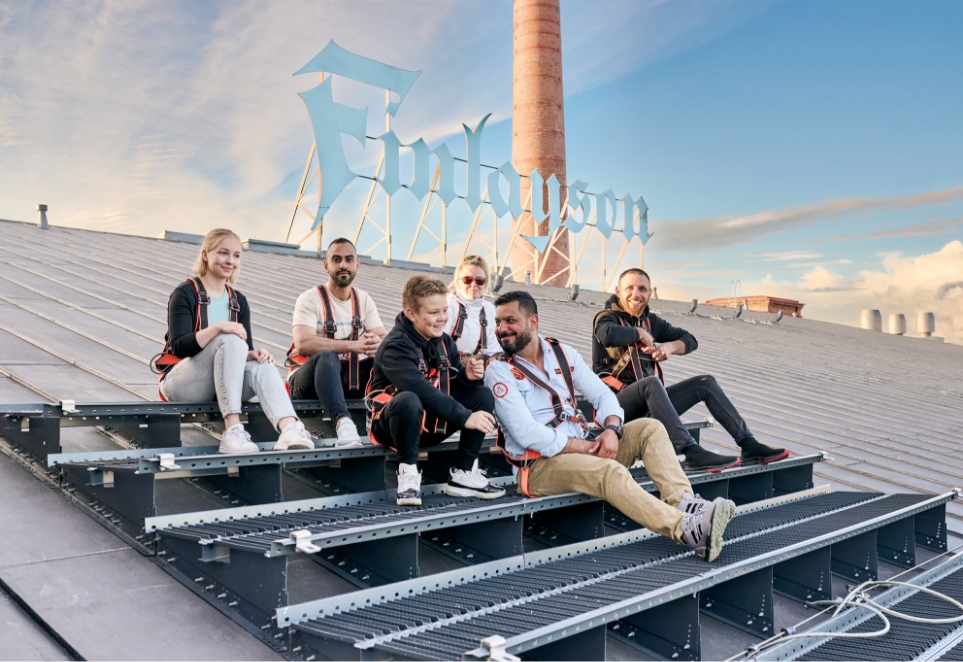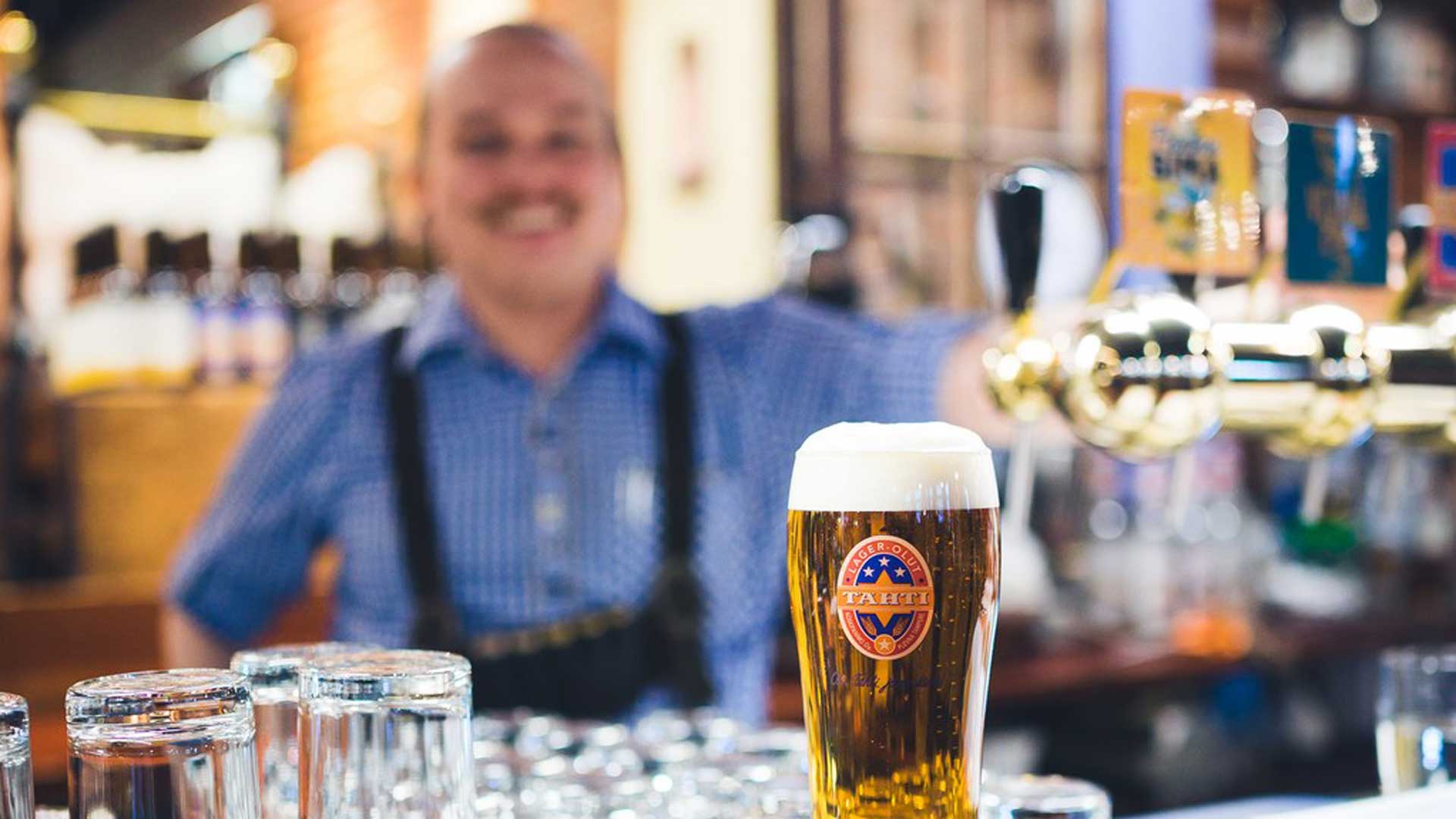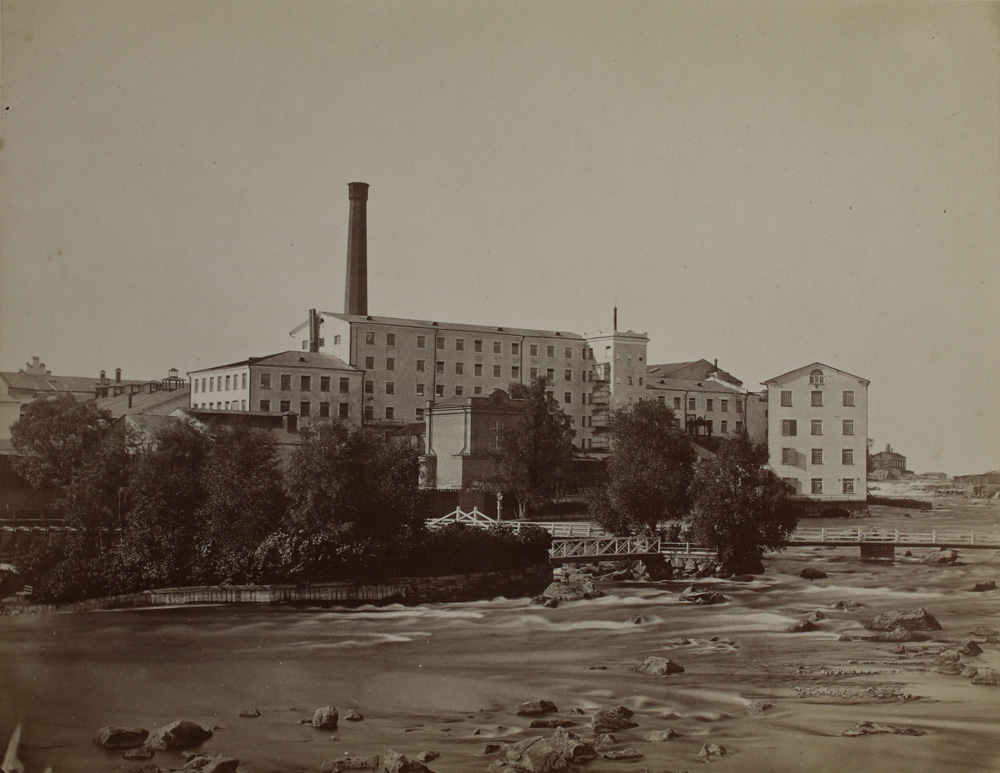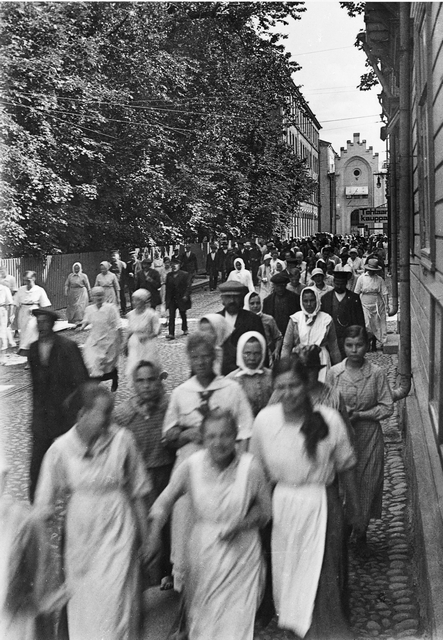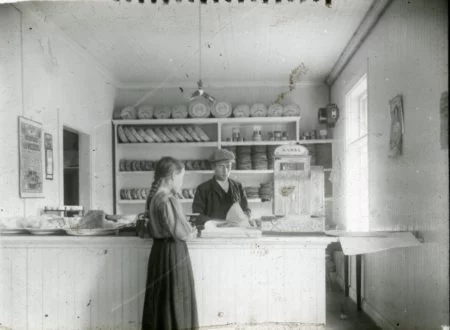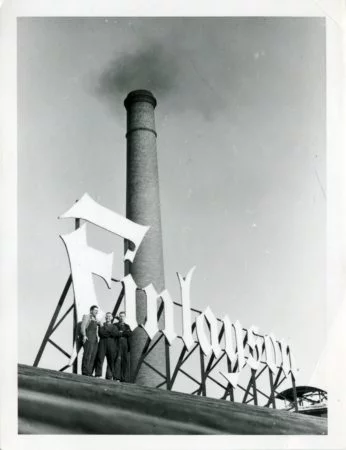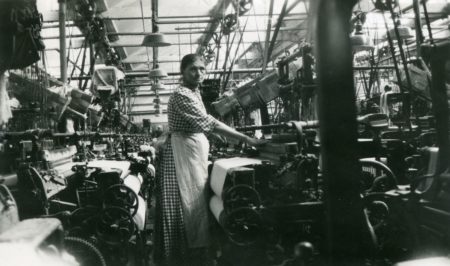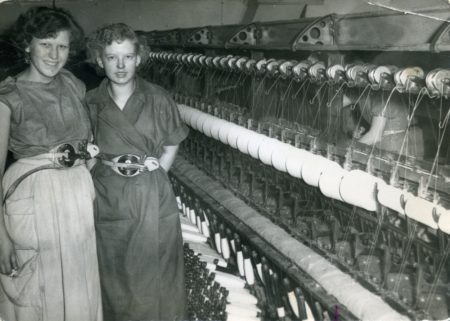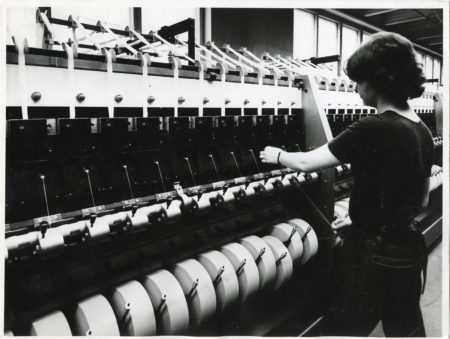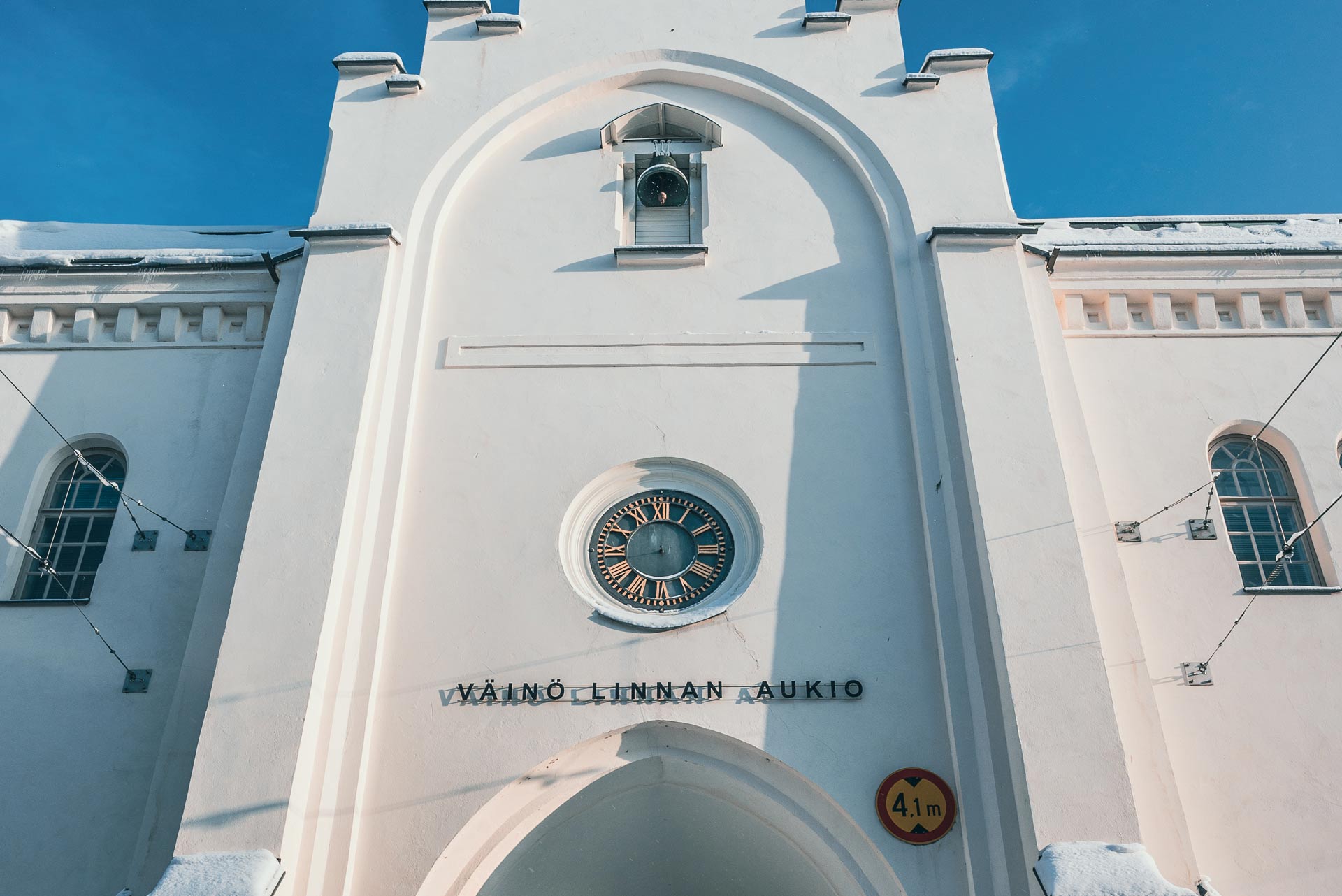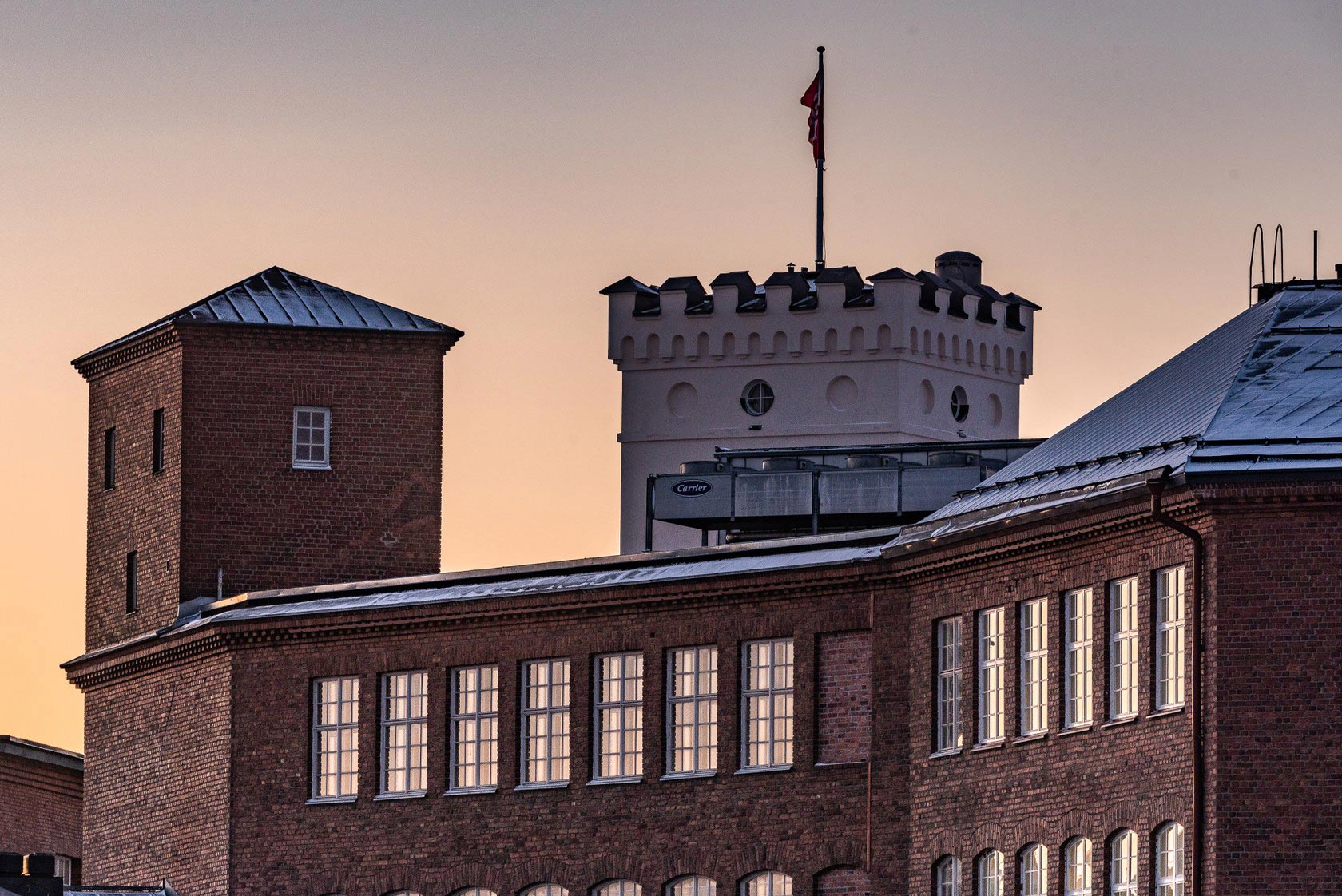Drawn in by the hydropower provided by the Tammerkoski rapids, James Finlayson from Scotland founded the Finlayson factory in 1820. At that time, the population of Tampere was only 956.
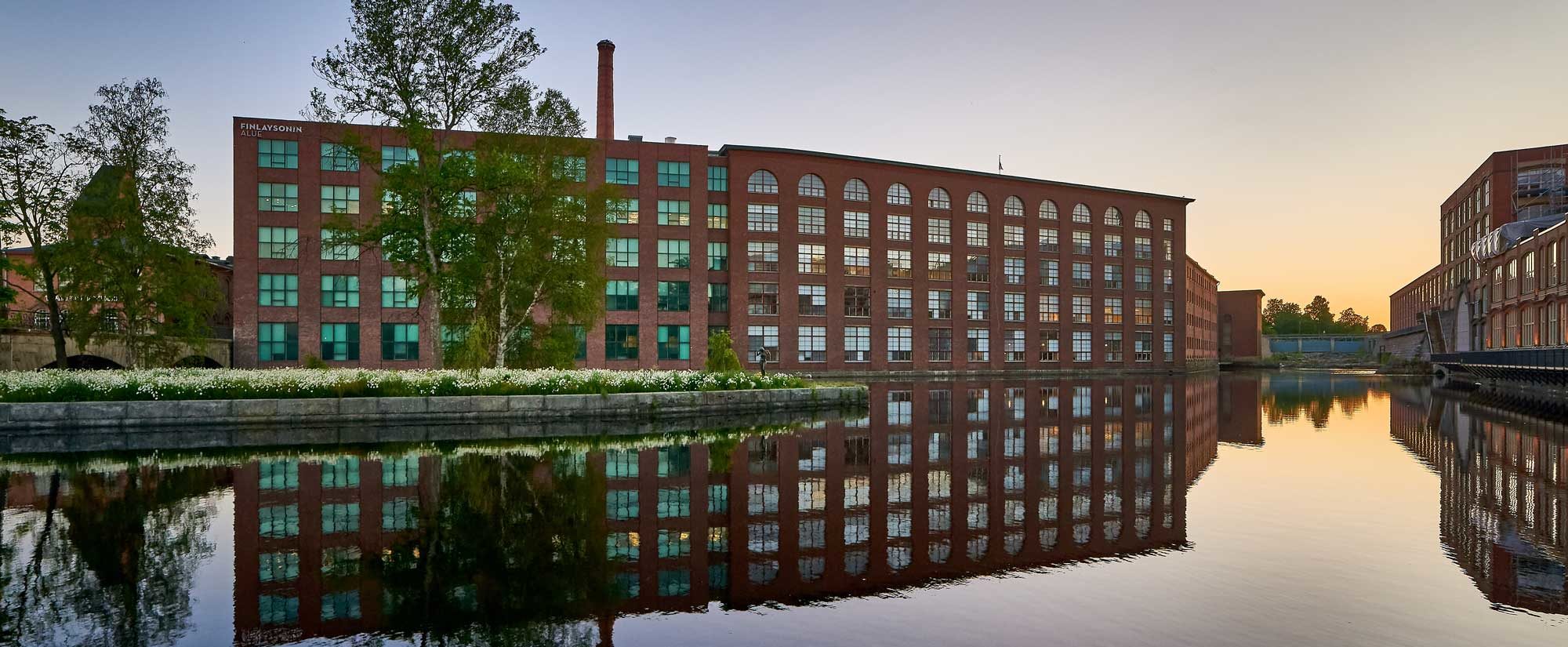
About the Finlayson area
General information about the area
The Finlayson area is located in the heart of Tampere in the nationally precious landscape of Tammerkoski rapids. The traditional area is known for the Finlayson cotton factory that was founded in 1820. The city of Tampere grew around this factory. The factory buildings of Finlayson are a major part of the identity and attractiveness of the city of Tampere. Over the years, thousands of photographs have been taken at the factory gates and the Tammerkoski bridge to immortalise the beautiful red brick walls lit by sunlight.
Finlayson area is full of surprises and new experiences for the local residents and visitors!
Surprising living history
In the Finlayson area, history, the present day and the future meet in an exciting urban environment. The living area is full of layers, contrasts and surprises. The historical and atmospheric milieu make the area a unique location that is worth experiencing – there are events, culture and art available throughout the year. The public events during the summer are typically free of charge for the whole family. You can find the schedule, location, description and possible prices for each event from the event details.
The Finnish Labour Museum Werstas is the largest free museum in Finland with wonderful changing exhibitions. The Spy Museum is the first museum in the world to focus on spying. It is a rare attraction that is worth visiting. Himmelblau Printmaking Studio is the leading printing studio of art prints in Finland, maintaining the culture of professional craftsmanship. The best way to explore history is to experience it: take part in a fascinating guided tour!
Visit the events
The Finlayson area is a daily workplace for thousands of people, but it is also a place for entertainment, refreshment and new experiences for local residents and visitors from Finland and abroad. The event calendar is continuously updated – take a look and find your own favourites.
The most atmospheric places to shop in the city
BYPIAS offers fashion and indoor decoration made from natural high-quality materials and the Finlayson shop has kept true to its textile roots, offering beautiful Finnish design and home textiles.
Entertaining leisure services
Spend the whole day with fun activities: experience the entertainment centre ZBase that offers the largest arcade bar in the Nordic countries and a laser battle game, balance above the rooftops of Tampere on Roof walk Finlayson Area or explore your way out of the Room Escape for an exhilarating adventure.
Restaurant and café services
The Finlayson Area invites you to eat, drink and enjoy yourself. There is no need to go far to find a place to satisfy your hunger, because the restaurants and cafés are conveniently located at the Siperia business centre and in its close proximity.
Navigate with the help of a map of the area
There are plenty of events organised in the Finlayson Area throughout the year. Both main event locations, Vooninki and Terde, have entrances are at Väinö Linnan aukio 13. View the map to see where to go!
A piece of history: power of water
1820
1836
The factory was sold to the Nottbeck and Rauch families who were investors from St. Petersburg. They wanted to preserve the factory’s old name, and the factory began weaving cotton fabric by machines. The factory grew fast.
1844
The factory had over 500 workers, making Finlayson the first large company in Finland.
1869
A tragedy strikes the factory: a fire broke out and destroyed about 400 machines. A 16-year-old boy had stayed to work in the evening when others had already left an hour before. For one reason or another, fire spread from a gas lantern to the flammable cotton and the boy barely made it out the flames. The fire was able to spread because the fire doors made of iron were open. The factory was franticly looking for a culprit and the directors demanded that the workers jointly pay for the damage from their wages: this led to the first strike at the factory!
1877
Once completed, the Plevna weaving factory was the largest building in Finland: approximately 140 metres in length and 40 metres wide. Plevna was likely the first building in the factory area to have its exterior covered with red bricks when constructed. There have been rumours of a ghost on the hallways of Plevna: according to the tales, a worker responsible for oiling the machines drowned in a shipwreck, but returned to Plevna as a ghost to carry on with his task.
1882
The first electric light in the Nordic region was lit at Finlayson. The largest steam engine in Finland was also introduced at this pioneering factory.
1892
Many fires drove the factory to invest in fire safety. The factory acquired a sprinkler system from England. It was the first automated fire extinguishing system in Finland and included 3,882 sprinklers.
1899
A 65-metres tall factory pipe was constructed for the Siperia building. The factory now has 3,000 workers. The life of the workers of Finlayson followed the blow of a whistle: on weekdays, the factory whistle blew for the first time at 4.30 a.m. The next whistle came at 4.50 a.m. when it was time to hurry to work if you wanted to make it on time. There was a guard at the front gate who gave fines for those who were late!
20th century
During the 20th century, Finlayson bought almost the entire cotton industry in Finland piece by piece. The first cooperative store in Finland, founded in 1900, was located at the corner of Puuvillatehtaankatu and Mustanlahdenkatu.
The area was the largest industrial factory in the Nordic countries until the 1920s. There was room for up to 1,200 weaving machines in Plevna. The architecture in the Finlayson area is inspired by Scandinavian classicism. The Satakunnankatu gate, for example, is constructed in this style. There was a guard standing at the gates until 1990s.
However, in the 1990s, the freeing market and low-cost production drove the Finnish textile industry into a tight situation, and the operation of the factory as it had been ended as the result.
Refresh your memory
Many of the buildings in the area have their own nickames, such as Siperia, Seelanti and Plevna. The buildings were usually named after an event that was current at the time of their construction. For example, the Plevna weaving factory that was constructed in Tampere in 1877 was named after the battle for the Pleven fortress that took place during the Russo-Turkish war. In addition to buildings, many of the factory workers also had their own nicknames. Aamulehti, named after a local magazine, was known to like gossip, while Makkara (Sausage) was known for being thickset.
The Katuvapriikki clock: The clock on the gate was the most important time-keeper in the area and it was crucial to keep it at the right time. That was the responsibility of the foreman of the carpenter workshop. Every Saturday, a bit before the noon, he climbed on the roof of a low building located by the current Satakunnankatu and looked towards the railways station. Holding a clock, he kept an eye on when the train from Tampere to Helsinki, scheduled to leave at noon, blew its whistle to signal departure. He timed his clock, and then climbed to set the Katuvapriikki clock at the correct time.
